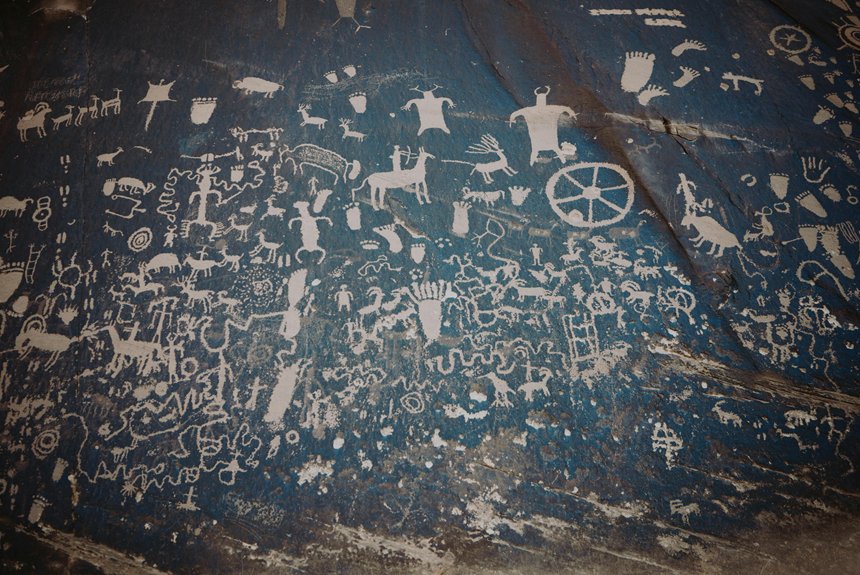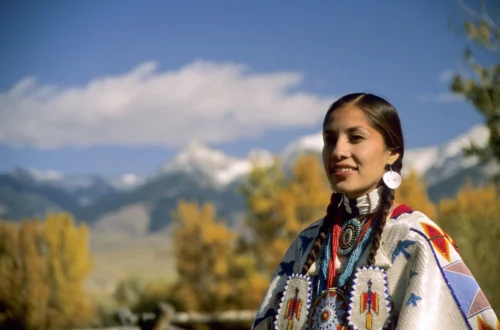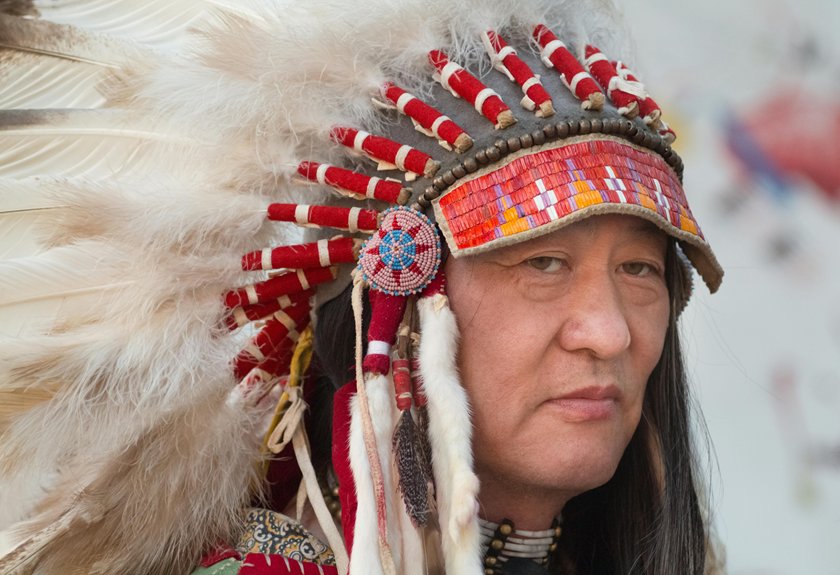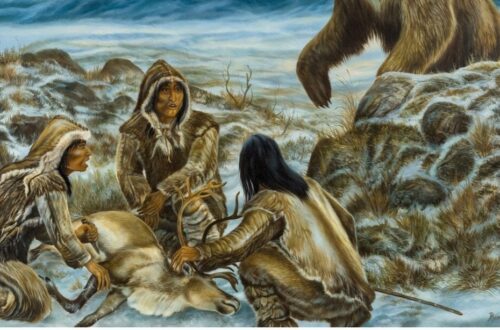Imagine a bustling village where the sounds of daily life intertwine with stories of conflict and survival. In this complex tapestry, some Native American tribes did engage in slavery, shaped by intertribal warfare and European influences. Yet, the practices varied considerably, reflecting unique cultural contexts. What does this reveal about their societies and how they navigated their historical landscapes? Explore the intricate dynamics of power, agency, and adaptation within these communities.
Historical Context of Slavery Among Native Americans
While many people associate slavery primarily with European colonization, it’s important to recognize that some Native American tribes also practiced forms of slavery long before and during this period.
In various tribes, enslaved individuals often came from neighboring tribes or were war captives. This system wasn’t uniform; practices varied markedly among tribes. Some enslaved individuals might’ve been treated relatively well, integrating into families, while others faced harsh conditions.
Slavery in these communities often served social and economic purposes, reflecting complex relationships rather than a singularly oppressive system. By understanding this historical context, you can appreciate the multifaceted nature of Native American societies and their interactions, which were influenced by cultural norms, warfare, and the dynamics of power long before European settlers arrived.
Intertribal Warfare and the Acquisition of Slaves
Although intertribal warfare often stemmed from competition over resources and territory, it also played a significant role in the acquisition of slaves among Native American tribes. When tribes engaged in conflict, capturing enemies was a common practice.
These captives, often taken during raids, were sometimes adopted into the tribe but could also be enslaved. The practice fulfilled various needs, from labor to enhancing social status.
Tribes viewed captured individuals as valuable assets, fostering a complex relationship between warfare and slavery. This dynamic was influenced by cultural beliefs and social structures, reflecting the unique values of each tribe.
Understanding this history highlights the nuanced realities of intertribal relations and the multifaceted nature of slavery within Native American communities.
Differences in Slavery Practices Across Tribes
Native American tribes exhibited a diverse range of slavery practices that reflected their unique cultural values and social structures. For some tribes, like the Cherokee, slavery resembled European models, with enslaved individuals often working on plantations.
In contrast, tribes such as the Iroquois integrated captives into their communities, granting them rights and responsibilities, while others, like the Apache, practiced a more fluid form of servitude where the status of individuals could change over time.
Your understanding of these variations underscores that slavery wasn’t a monolithic institution among Native Americans. Instead, it was shaped by each tribe’s history, resources, and interactions with neighboring groups, showcasing their adaptability and resilience in a complex social landscape.
European Influence on Native American Slavery
As European colonizers established their presence in North America, their systems of slavery began to influence and reshape Indigenous practices. You’ll notice that many Native American tribes adapted their own forms of servitude, often incorporating European concepts and methods.
The introduction of African slavery by Europeans impacted how Indigenous peoples viewed and engaged in slavery themselves. Some tribes began to acquire enslaved Africans, blending these practices with their own traditions.
This cross-cultural exchange altered tribal dynamics, shifting power structures and social hierarchies. Additionally, the demand for labor in European settlements pressured Indigenous communities to rethink their relationships with captives and slaves.
Ultimately, the European influence created a complex interplay between Indigenous and colonial practices of slavery, reflecting a profound transformation in societal norms.
The Role of Slavery in Native American Economies
When exploring the role of slavery in Native American economies, it’s crucial to recognize that many tribes utilized enslaved individuals as a means of enhancing their economic stability and social standing.
For some tribes, enslaved individuals contributed to agricultural labor, allowing communities to expand their production and trade networks. This practice often facilitated wealth accumulation and increased influence among neighboring tribes.
Additionally, owning slaves could signify power and prestige within the community, influencing social dynamics.
However, it’s important to understand that these systems varied widely among tribes, shaped by cultural values and external pressures.
Ultimately, slavery’s role in Native American economies reflects a complex interplay of tradition, adaptation, and resilience in the face of changing circumstances.
Case Studies of Specific Tribes and Their Practices
While many tribes had distinct approaches to slavery, examining specific case studies reveals the diversity of practices and beliefs surrounding this institution.
For instance, the Cherokee and Choctaw tribes engaged in slavery, often acquiring enslaved individuals through warfare or trade. They integrated these individuals into their societies, allowing them certain rights and even pathways to freedom.
Conversely, the Iroquois Confederacy had a more complex relationship with captivity, viewing it as a means to replace lost population rather than as a permanent institution.
In contrast, the Seminole tribe’s practices were influenced by their interactions with African Americans, leading to unique alliances.
These differences highlight that Native American experiences with slavery weren’t monolithic but deeply influenced by cultural, social, and historical contexts.
Modern Perspectives on Native American Slavery
Understanding modern perspectives on Native American slavery requires acknowledging the complex legacy it left behind.
Today, many view the issue through a lens that recognizes the multifaceted nature of slavery among Native tribes, which often differed greatly from European practices. You might consider how these historical realities influence contemporary discussions about identity, cultural memory, and reparations.
Some Native communities are actively reclaiming narratives, emphasizing resilience rather than victimhood. Engaging with this topic means grappling with uncomfortable truths, as well as recognizing the agency that Native peoples exercised in their own histories.




